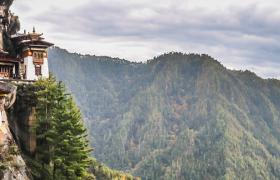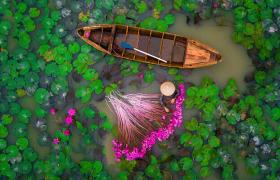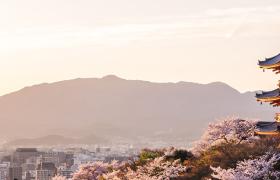I’m sitting cross-legged on the floor in a circle of people, as a smiling Fijian chief hands me half a coconut shell full of what looks like dirty dishwater.
With slight trepidation, I take a sip, screw up my nose a little, and then swallow the rest in one gulp. As is the custom, I clap three times to signal that I’ve finished, and the chief nods approvingly. I’m taking part in a Fijian kava ceremony, one of Fiji’s oldest traditions and an essential experience in understanding the local culture.
Fiji village kava ceremony.jpg
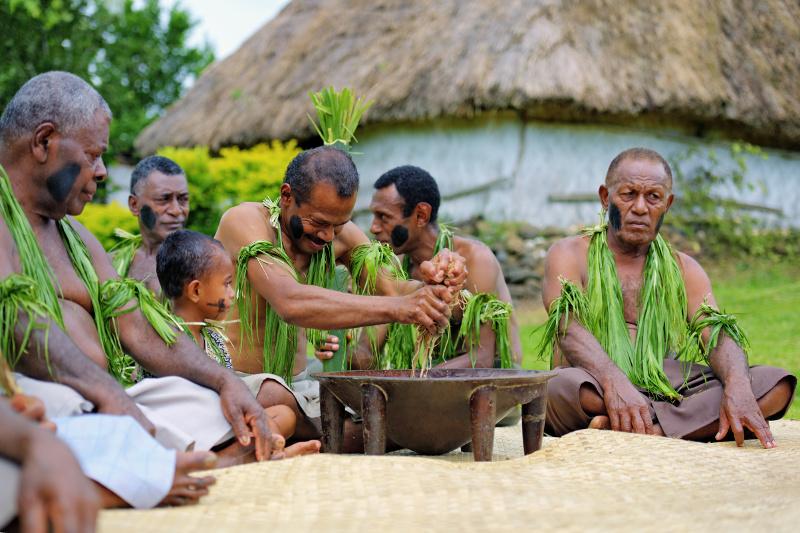
Kava is made from the roots of a relative of the pepper plant (piper methysticum) and has been used by Pacific Island cultures for centuries. In Fiji, it’s called ‘yaqona’, and plays a huge roll in Fiji’s society and daily life, so much so, that Fijians consider it their national drink. The roots are pounded into a fine powder (strained through a cloth to keep out the gritty bits) and then mixed with water in a large wooden communal bowl.
I feel my lips and tongue tingle, and once I have gotten over the bitter taste, I clap once again to signal that I would like another cup. It’s then I begin to feel the effects.
Fijian offering kava.jpg
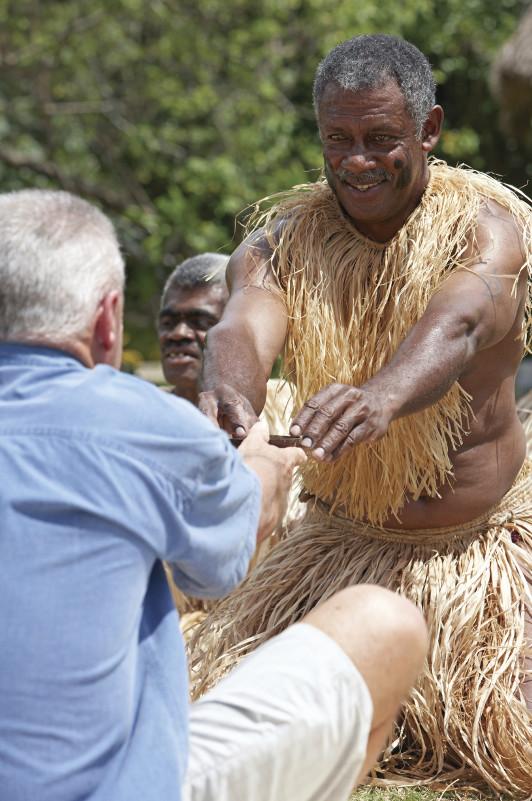
The sensation is quite mild, one or two cups makes your mouth numb; a few more will make you feel relaxed and contented. If you drink too much, the worst that can happen is that you might fall asleep. Many Fiji islanders drink kava daily with no ill effects, although it is possibly responsible for the laid-back pace of the islands and the delightful concept of ‘Fiji Time’. It also might just have something to do with the fact that Fijians are some of the happiest people on the planet.
Explore via water: A Different Way to Cruise Fiji
Ready to experience gorgeous Fiji?: Luxury Fiji Holiday Packages
Find out what Fijian resort boasts overwater bungalows: Things We Love About Overwater Bungalows
Kava ceremony with kids_0.jpg
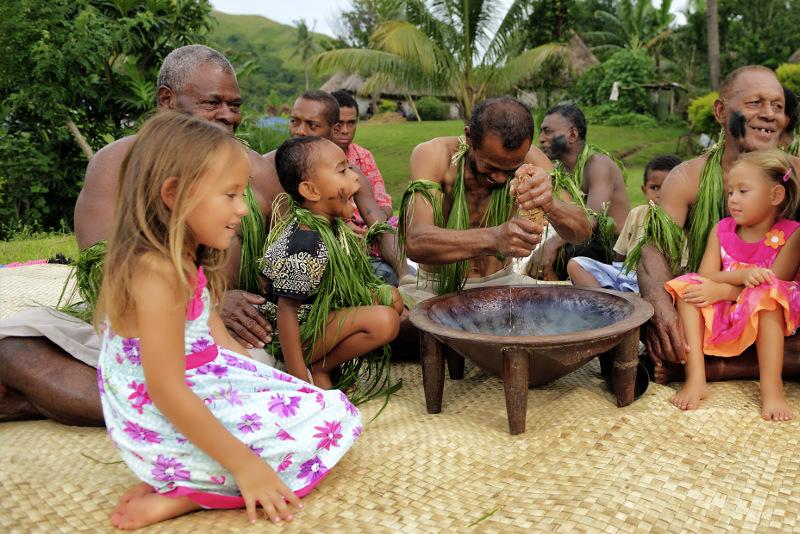
You’ll most likely be invited to try it at a kava-drinking demonstration at your resort, or during a visit to a local village, where it is customary to bring some as a gift to the community as a token of respect. Kava made at resorts or on organised village tours is made with bottled or purified water, so is completely safe to drink. I recommend asking for a ‘low tide’ (half cup) until you acquire the taste, or if you just want to try a little.
Kava ceremony Fiji.jpg
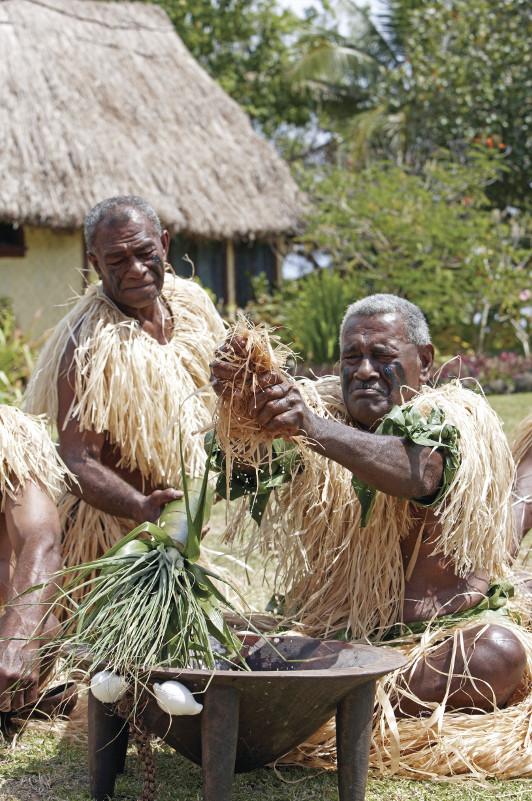
Fijians consider kava to be a plant of the gods and a link to their ancestral past. Legend tells that yaqona came from the Fijian god Degei (whose name means `from heaven to the soil and through the earth’) and was one of the sacred herbs given to his sons to enable them to find wisdom. Once only used by priests, chiefs and elders, it is now consumed by just about everyone. For many Fijians, kava is thought to have medicinal qualities, treating stress, insomnia, anxiety, and a host of other ailments. I must admit, that after several cups, I did sleep very well that night.
Fijian Kava Ceremony.jpg
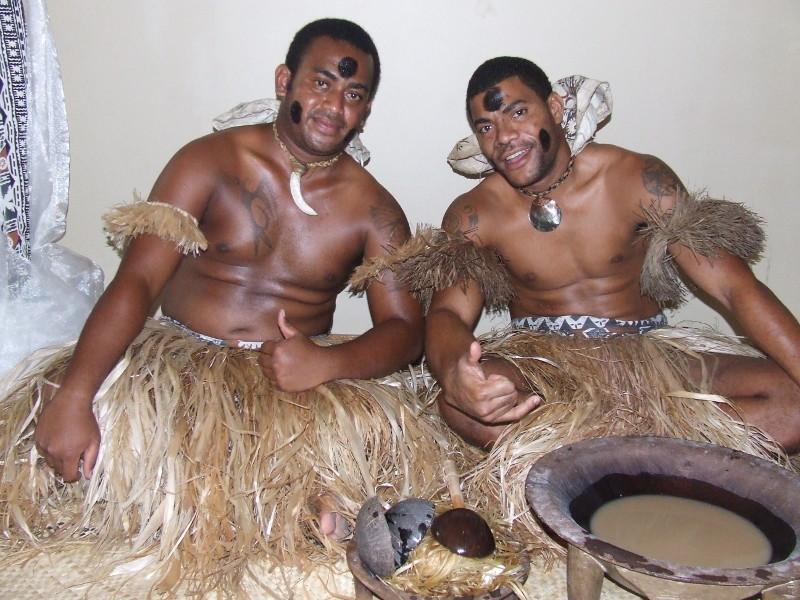
You can buy kava in most local markets and shops in Fiji. If you are thinking of bringing some back to Australia, the Department of Immigration and Border Protection allows you to bring in up to two kilograms of kava, in either root or dried powder form, without a permit. A hand carved kava bowl also makes a beautiful authentic souvenir.
But for me, the ceremony and camaraderie surrounding kava were far more powerful than the drink itself. Sitting around a bowl in the village, listening to the locals singing, telling stories, and strumming their guitars is a truly memorable experience, and a wonderful way to interact with the Fijian people and learn about their country.







